OK, so you've had a quick browse through the recipe above and decided that it really doesn't look that hard, first step is probably to set up a drying cabinet of some sort. I built the cabinet pictured out of a cheap two door cabinet from Bunnings and some bits I had lying around at home. The basic idea of this cabinet is that the lamp at the bottom heats up air, this hot air can hold more moisture and so it draws moisture out of the meat hanging above it. The fan on the side then blows this moist air out of the box and fresh 'dry' air gets sucked in through the little filters at the bottom. Easy peasy, here are some pics:
Outside of the cabinet showing the filters, these are just computer filters from jaycar, any simple air filter will do.
Inside of the cabinet you can see the two plastic conduit rails for hanging the meat from and the 100w lamp down the bottom.
Computer fan set up such that it blows air out of the cabinet
100W Bulb and some newspaper, the meat 'drips' a bit for the first day or so, so good to have some newspaper on the bottom. Also note all the 'extra' holes in the cabinet were covered with some duct tape.
I just use some plastic coated garden plant support twist ties to hang the meat, cheap easy and effective.
Many people are afraid to tackle making biltong because they have the perception that you are working with raw meat and if you do it wrong it will either rot or end up giving them food poisoning. I am happy to set the record straight - It's practically impossible to stuff it up as long as you stick roughly to recipe and process. I have made literally hundreds of kilos using the recipe and box above and have never had a single issue. It's one of those things that is actually really difficult to get wrong.
Good luck and pop through any questions.
Welcome guest, is this your first visit? Create Account now to join.
Welcome to the NZ Hunting and Shooting Forums.
Search Forums
User Tag List
Results 1 to 15 of 62
Threaded View
-
07-10-2012, 02:55 PM #2
Similar Threads
-
nz hunter hydration recipe
By bazz61 in forum Resource LibraryReplies: 1Last Post: 08-07-2012, 05:25 PM
Tags for this Thread
Welcome to NZ Hunting and Shooting Forums! We see you're new here, or arn't logged in. Create an account, and Login for full access including our FREE BUY and SELL section Register NOW!!




 63Likes
63Likes LinkBack URL
LinkBack URL About LinkBacks
About LinkBacks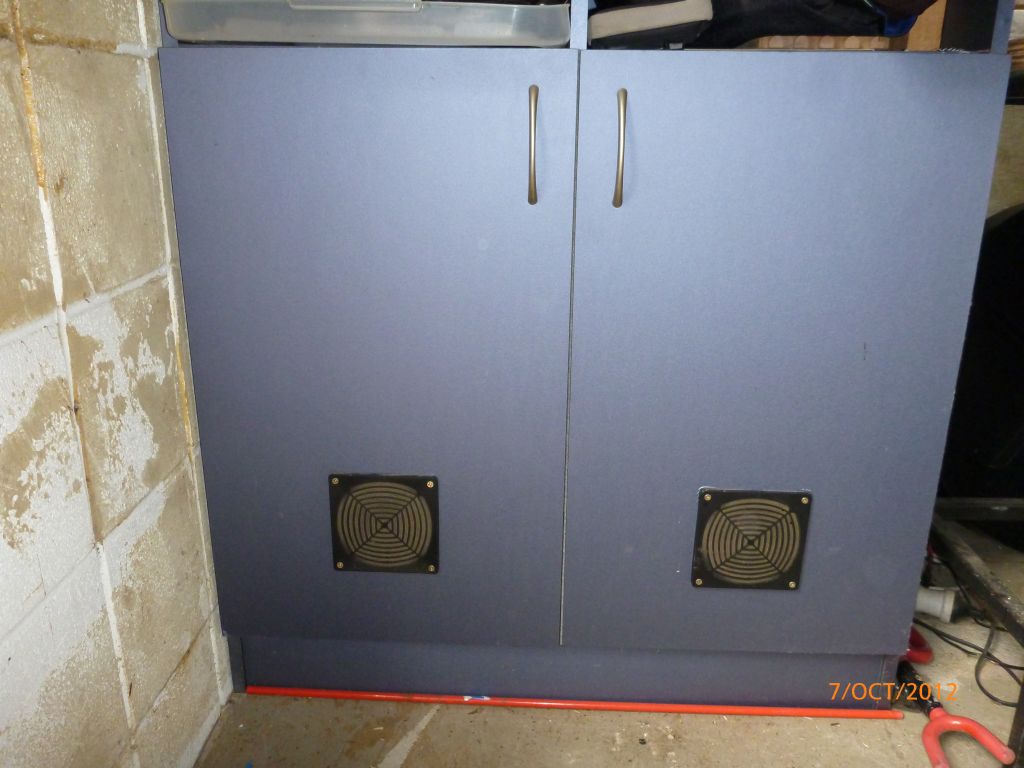
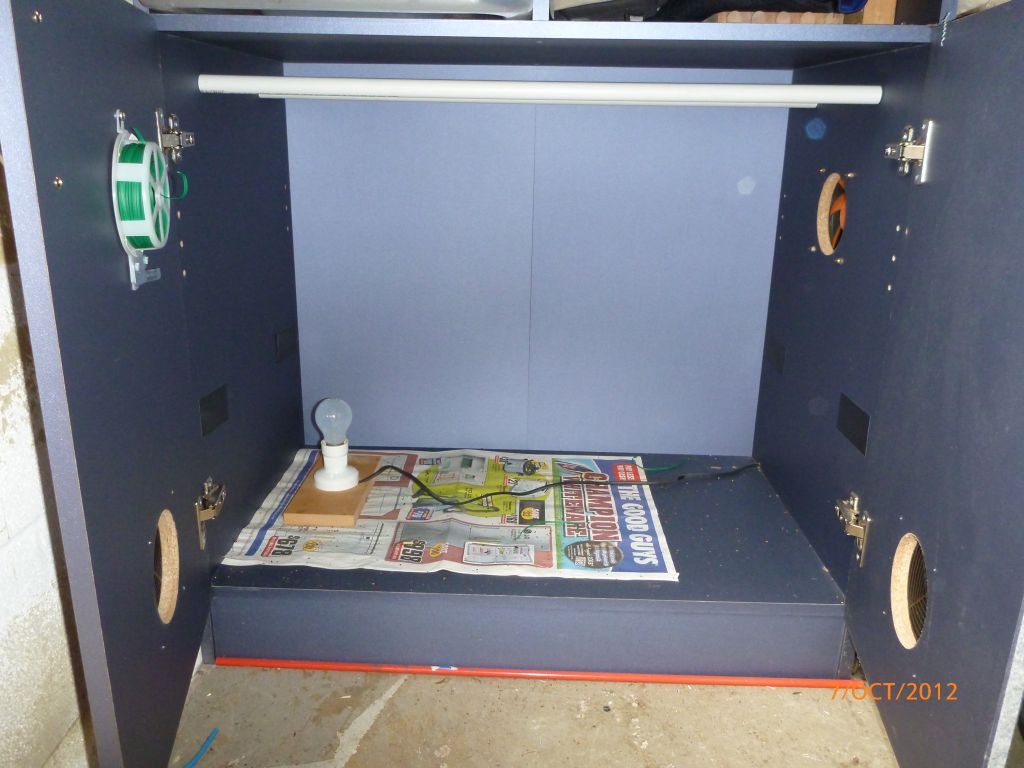
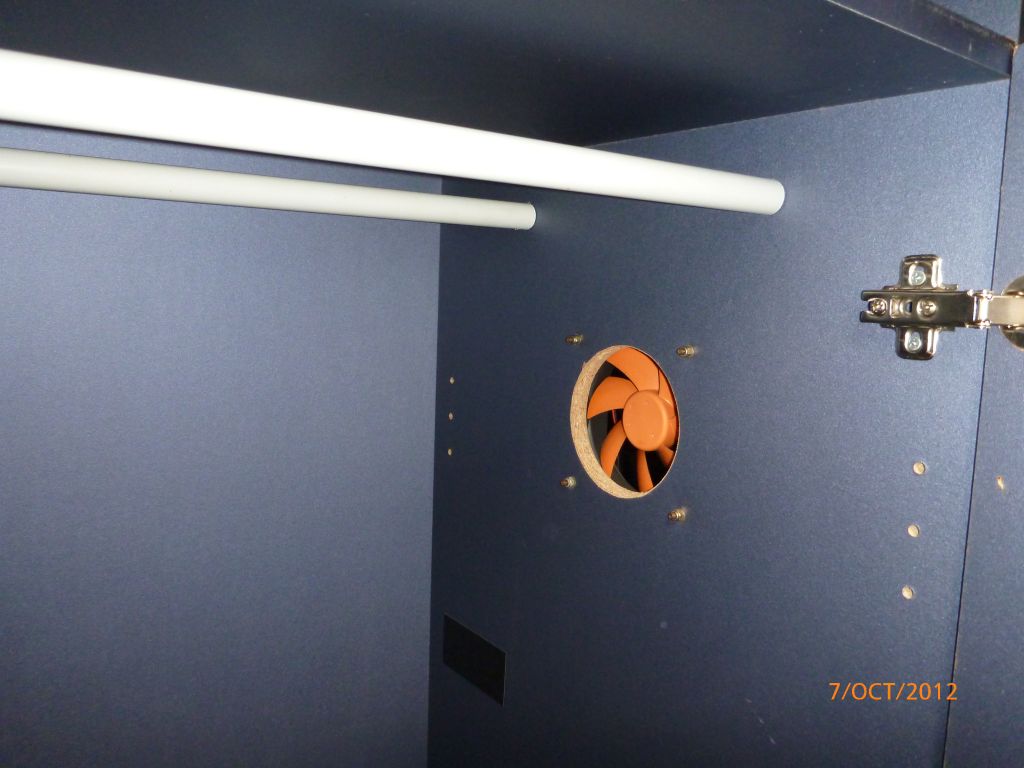
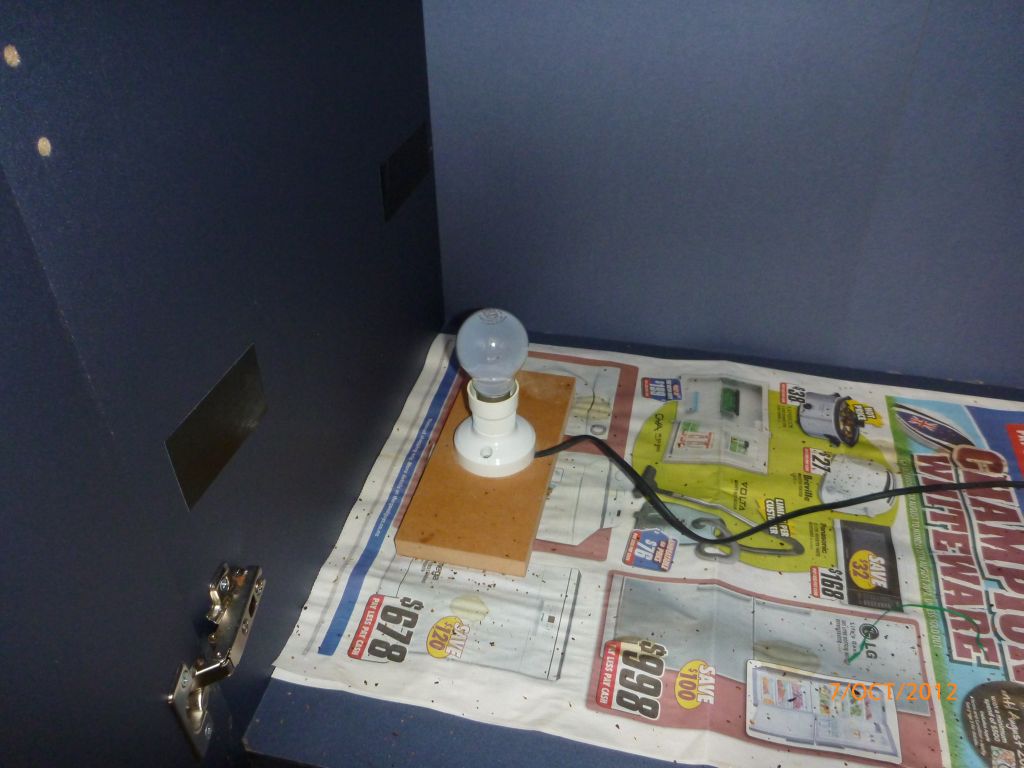
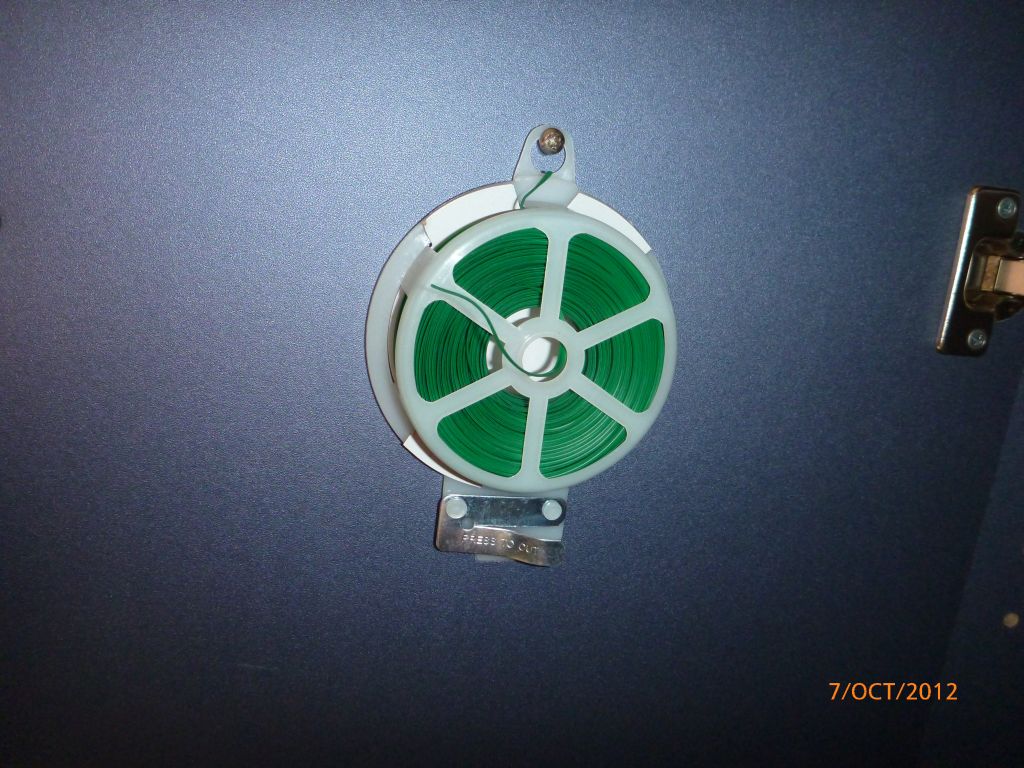





 Reply With Quote
Reply With Quote


Bookmarks